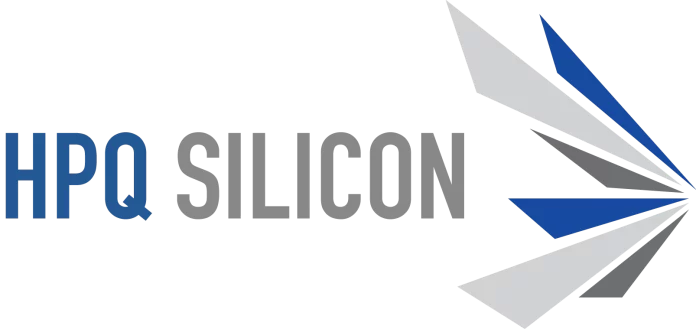HPQ Silicon Inc., a technology company specializing in green engineering of silica and silicon-based materials is pleased to announce continued milestones achieved by its France-based affiliate, NOVACIUM SAS (“Novacium”). This announcement highlights the promising results from ongoing cycle testing of ‘industry standard’ 18650 industrial batteries, notably at the 125-cycle mark. Additionally, it introduces the massive market opportunity for HPQ associated with advanced silicon-based anodes material manufacturing.
“The fact that our first generation of advanced silicon-based material continues to deliver about 3,100 milliampere-hour (mAh) of battery capacity after 125 cycles [1] is a powerful indication of the commercial potential of the materials we are developing for Advanced Mobile Technology applications, a US$ 228.9B addressable market in 2023 [2],” stated Dr. Jed Kraiem Ph.D., COO of Novacium. “These results underscore our ability to produce a blend of graphite and advanced engineered silicon anode material that can be seamlessly integrated into existing anode manufacturing facilities and utilized without requiring modification by battery manufacturers worldwide, all the while significantly enhancing the battery performances.”
As pure graphite anodes have essentially achieved their maximum performance in terms of energy density, a trend in the lithium battery industry has been the introduction of small amounts (about 5%) of silicon oxide (SiOx) material into graphite composite electrodes. This basic SiOx material, primarily used in the fabrication of optical materials, sells for about US$15 per kg and delivers less than optimal results.
While Silicon remains the most promising candidate that can drastically improve the anode performance (more than 10 times), its industrial application is still very limited due to unresolved issues related to volumetric expansion or due to the usage of very complex and highly expensive solutions.
The manufacture of an engineered silicon-based anode material, such as the Novacium product, will enable the battery industry to overcome these problems and increase battery capacity without significant degradation of the battery’s lifetime. Presently the selling price of engineered silicon-based anode material is around US$75 to US$100 per kg [4]. The Si-C material made using CVD deposition of Silane material sells for about US$300 per kg [4], which is not feasible for massive industrial application.
This new reality is driving a surge in demand for advanced silicon-based anode materials. As of 2023, this market is valued between US$1.1 billion and US$2.7 billion. Its growth prospects indicate a potential demand of 300,000 tons by 2030, estimated at US$15 billion, according to one source, and US$ 131.6 billion in 2033 according to another source.
It is important to highlight that silicon-based materials for Li-ion batteries currently make up a relatively small portion, accounting for less than 10%, of the global demand for graphite, which is primarily used in the manufacture of anode materials for Li-ion batteries. This graphite market is estimated to be worth US$25 billion in 2023 [8].
“I continue to be profoundly encouraged by the results to date; however, I am even more excited about the potential of our next generations of materials,” expressed Mr. Bernard Tourillon, President and CEO of HPQ Silicon Inc. and NOVACIUM SAS. “These achievements open the door for HPQ to become one of the first North American manufacturers of advance engineered silicon-based anode materials in a jurisdiction that supports these types of initiatives as it aims to become a central hub for battery material manufacturing in North America.”




